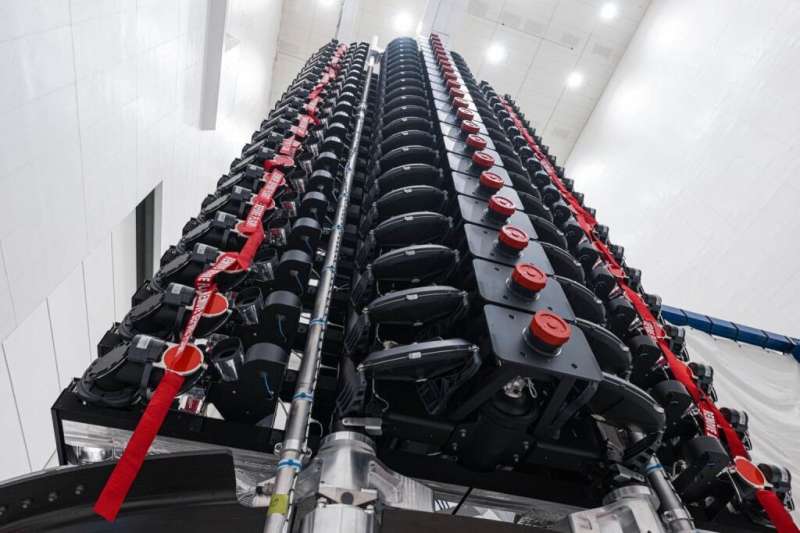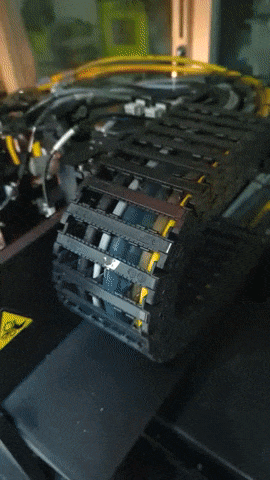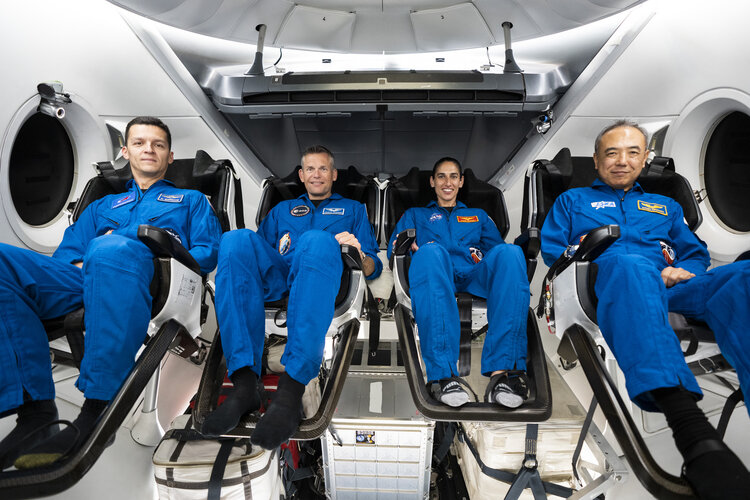
Copernical Team
Continuing along the alternate route: Sols 3861-3864
 Earth planning date: Friday, June 16, 2023 Hearing today's drive completed as planned for the third time in a row was a refreshing change from last week when Curiosity was struggling to get up a rocky and sandy slope. Our alternate route takes us laterally along this challenging terrain, rather than straight uphill, and this small change certainly seems to be helping.
I really hope we cont
Earth planning date: Friday, June 16, 2023 Hearing today's drive completed as planned for the third time in a row was a refreshing change from last week when Curiosity was struggling to get up a rocky and sandy slope. Our alternate route takes us laterally along this challenging terrain, rather than straight uphill, and this small change certainly seems to be helping.
I really hope we cont Rover on the home stretch to the Martian moon Phobos
 The origin of the martian moons Phobos and Deimos is still an unsolved mystery in planetary research. Both moons will be the targets of the Japanese Martian Moons eXploration (MMX) mission. A German-French rover will land on Phobos as part of the mission and conduct a mobile exploration - despite the extremely low gravity. At the Paris Air Show in Le Bourget, the Japan Aerospace Exploration Agen
The origin of the martian moons Phobos and Deimos is still an unsolved mystery in planetary research. Both moons will be the targets of the Japanese Martian Moons eXploration (MMX) mission. A German-French rover will land on Phobos as part of the mission and conduct a mobile exploration - despite the extremely low gravity. At the Paris Air Show in Le Bourget, the Japan Aerospace Exploration Agen Long March 6 rocket carries experimental satellite to space
 China used a Long March 6 carrier rocket to transport an experimental satellite into space on Tuesday morning, according to China Aerospace Science and Technology Corp, a leading State-owned space contractor.
The company said in a news release that the rocket blasted off at 11:18 am at the Taiyuan Satellite Launch Center in Shanxi province and soon placed the Shiyan 25 satellite into its p
China used a Long March 6 carrier rocket to transport an experimental satellite into space on Tuesday morning, according to China Aerospace Science and Technology Corp, a leading State-owned space contractor.
The company said in a news release that the rocket blasted off at 11:18 am at the Taiyuan Satellite Launch Center in Shanxi province and soon placed the Shiyan 25 satellite into its p OSIRIS-REx asteroid sample will have new home in Houston
 If everything goes according to plan, OSIRIS-REx's sample return capsule will separate from the spacecraft, enter the Earth's atmosphere and parachute safely to Earth for recovery at the Department of Defense's Utah Test and Training Range, located about 70 miles west of Salt Lake City. "The OSIRIS-REx curation team is excitedly preparing for the Bennu samples," said Nicole Lunning, OSIRIS-REx l
If everything goes according to plan, OSIRIS-REx's sample return capsule will separate from the spacecraft, enter the Earth's atmosphere and parachute safely to Earth for recovery at the Department of Defense's Utah Test and Training Range, located about 70 miles west of Salt Lake City. "The OSIRIS-REx curation team is excitedly preparing for the Bennu samples," said Nicole Lunning, OSIRIS-REx l New form of electromagnetic launch will reduce orbital costs by 100-fold
 Reducing orbital launch costs by 100-fold would be world changing, and that's what Electromagnetic Launch Inc. (EML) and Robinson Research Institute of Victoria University of Wellington in New Zealand aim to do in a new partnership agreement and demonstration experiment announced May 30, 2023.
The partners intend to prove the physics and demonstrate the engineering for a "Quench Launcher,"
Reducing orbital launch costs by 100-fold would be world changing, and that's what Electromagnetic Launch Inc. (EML) and Robinson Research Institute of Victoria University of Wellington in New Zealand aim to do in a new partnership agreement and demonstration experiment announced May 30, 2023.
The partners intend to prove the physics and demonstrate the engineering for a "Quench Launcher," Intelsat To sustainably extend life of four satellites by 2027
 Intelsat, operator of one of the world's largest integrated satellite and terrestrial networks and leading provider of inflight connectivity (IFC), ordered its second Mission Extension Pod (MEP) from Northrop Grumman Corporation's SpaceLogistics, which will add life to an Intelsat satellite, providing uninterrupted services to many customers. The new contract represents the fourth deal with Spac
Intelsat, operator of one of the world's largest integrated satellite and terrestrial networks and leading provider of inflight connectivity (IFC), ordered its second Mission Extension Pod (MEP) from Northrop Grumman Corporation's SpaceLogistics, which will add life to an Intelsat satellite, providing uninterrupted services to many customers. The new contract represents the fourth deal with Spac Even though they're bigger, Generation 2 Starlinks are fainter than Gen1

We've filed plenty of reports here at UT warning about the potential impact of Starlink and similar satellites on the field of astronomy. We've gone so far as to point out that the granddaddy of space-based telescopes—Hubble—has already had some of its images tarnished by passing Starlink satellites.
However, SpaceX has been aware of the problem and is working to limit their product's brightness. The recently launched Gen2 satellites seem to have made a significant step forward—research from a team of amateur astronomers finds that the new Gen2 Starlinks are more than 10x fainter than previous Gen1 iterations.
Admittedly, that finding comes with a lot of caveats. But the pedigree of the team doing the research isn't in question. It was led by Anthony Mallama, a senior engineer at Raytheon and an author of numerous technical papers and articles discussing Starlink's brightness. He and six other amateur astronomers collected their own data for this paper, recently released on the arXiv pre-print server.
A trio of images highlight BepiColombo’s third Mercury flyby

The ESA/JAXA BepiColombo mission has made its third of six gravity assist flybys at Mercury, snapping images of a newly named impact crater as well as tectonic and volcanic curiosities as it adjusts its trajectory for entering Mercury orbit in 2025.
Printing electronics to help space missions lose weight

The functionality of any space mission is determined by its electrical, electronic and electro-mechanical (EEE) components. While individually small in size, a standard satellite can contain thousands of these active and passive devices, along with several kilometres of connective links ESA is looking into printing these electronics, to boost overall robustness while driving down mass, manufacturing lead times, and cost.
Introducing Crew-7!

The final two crewmembers of Crew-7, for which ESA astronaut Andreas Mogensen is the pilot, have been announced. They will fly to the International Space Station (ISS) later this summer.

